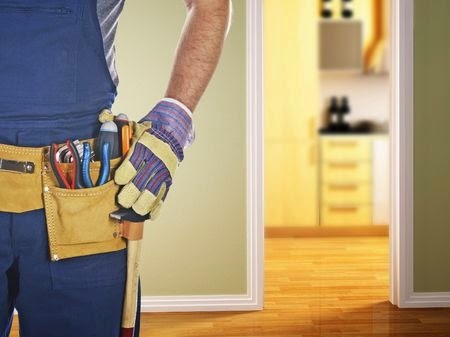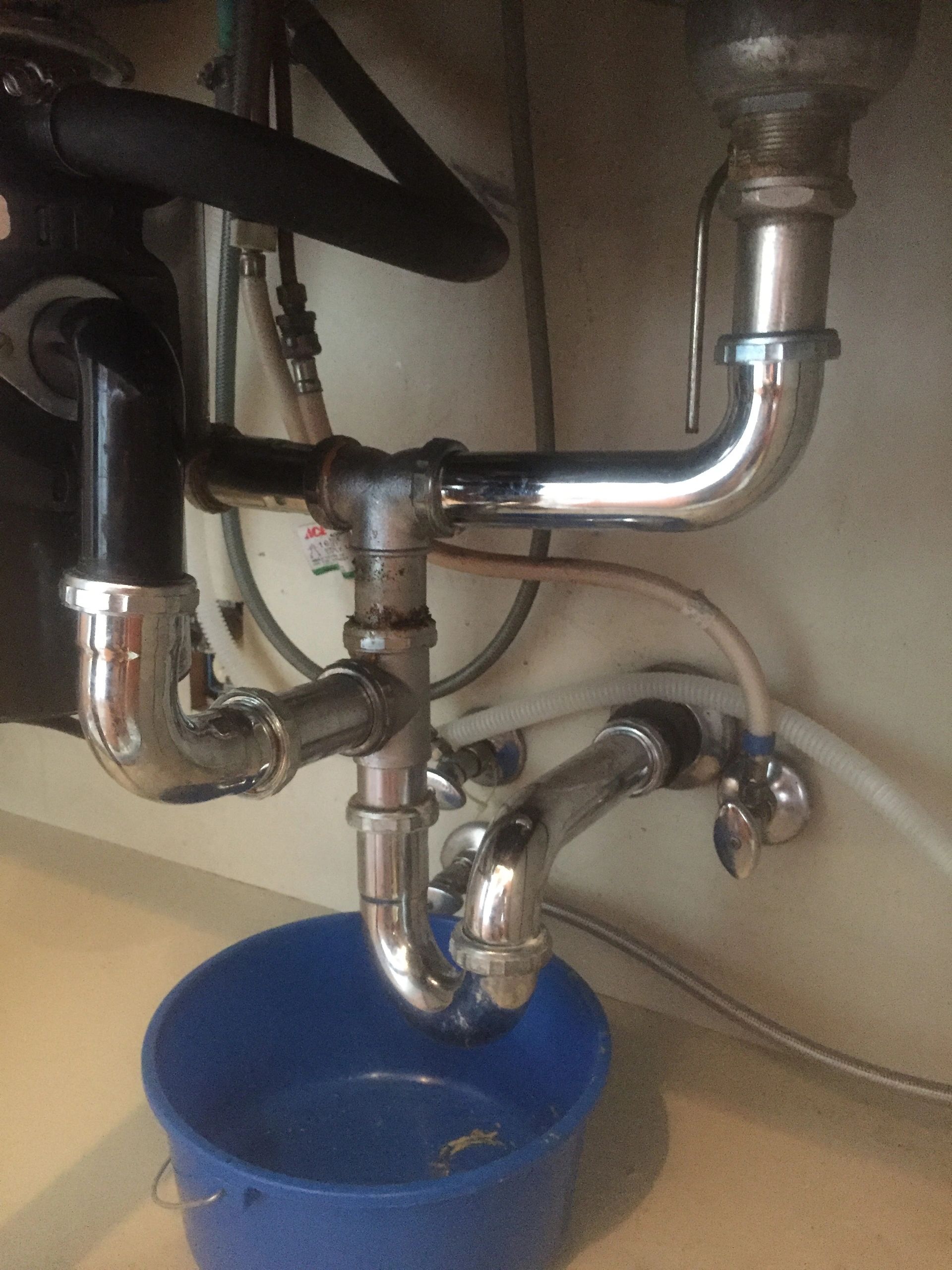How do you feel in regards to How to Handle Plumbing Issues in Your Rental Property?

Handling pipes issues in rental buildings effectively is critical for maintaining occupant satisfaction and protecting the property's value. Whether you're a property manager or a property manager, understanding just how to address these typical issues can conserve you time and money while guaranteeing conformity with lawful duties. Here's a detailed overview on just how to handle plumbing issues in rental residential properties.
Record Everything
Keep comprehensive records of all reported plumbing problems and the activities required to settle them. Documents should include dates, descriptions of the problem, communication with occupants, and invoices from service providers or plumbers. This information can be essential for insurance claims, tax deductions, and legal protection.
Use Qualified Professionals
Always use licensed and insured professionals for significant pipes fixings and installments. This makes certain that the job depends on code and can help stay clear of liability issues in case of accidents or further damage. It additionally comforts lessees that fixings are being taken care of properly.
Establish Clear Interaction
Motivate occupants to report any type of pipes issues as quickly as they take place. Supply numerous communication channels such as phone, e-mail, or an occupant portal to make it easy for them to connect. Trigger reactions to these reports can prevent small issues from intensifying into significant issues.
Inform Tenants
Enlighten your occupants about what constitutes a pipes emergency and what does not. Provide standards on just how to deal with minor concerns themselves, such as utilizing a bettor to unblock a toilet. Additionally, notify them about what they must prevent taking down drains pipes to prevent obstructions, such as grease, coffee premises, and non-biodegradable products.
Routine Maintenance
Carry out a regular maintenance timetable for all plumbing systems in your service homes. Regular checks can assist identify and settle problems like leakages, slow drains pipes, or corroded pipelines before they come to be major. Take into consideration employing a professional plumbing technician to inspect the buildings yearly or semi-annually.
Quick Feedback to Emergencies
Have a strategy in position for responding to pipes emergency situations. This ought to consist of having the contact info of trusted plumbing services that supply 24/7 emergency situation fixings. Quick activity is important to reduce damages in circumstances like burst pipes or severe leaks.
Preventive Upgrades
Take into consideration updating older pipes systems and components to a lot more contemporary, efficient models. This can reduce the regularity and extent of pipes problems and lower long-term upkeep prices. It's also a selling point for potential occupants that value upgrades and modern-day attributes.
Tenant Move-Out Inspections
Conduct extensive pipes checks throughout move-out examinations to ensure that any issues are determined and attended to prior to a brand-new occupant relocate. This protects against conflicts with new lessees over pre-existing problems and ensures the building remains in top problem.
Understand Legal Responsibilities
Understand your legal duties relating to plumbing and basic home maintenance. A lot of jurisdictions call for property owners to ensure their residential properties are habitable and that all pipes systems are in good working order. Failing to deal with serious issues immediately can lead to lawsuits from tenants.
Lessee Reimbursements
If a pipes issue needs immediate interest and the tenant solves the issue on their own, have a clear plan in place for repaying costs. Make sure lessees understand they need to obtain previous approval for higher-cost repairs unless it's an outright emergency situation.
Conclusion
Managing pipes issues in rental residential properties requires a positive technique and excellent communication with occupants. By remaining on top of maintenance, responding immediately to emergency situations, and using competent specialists, proprietors can keep their properties in superb problem and maintain great relationships with occupants.
How to Handle Water Damage in a Rental Property
What is Water Damage?
Water damage is harm or destruction caused by water entering areas where it is not supposed to be. It can be caused by a variety of sources and can manifest in different ways. The most common examples of water damage include:
Leaking roof Plumbing leaks Appliance malfunctions Poor drainage Flooding Sewage backup Condensation Tenant negligence HVAC system issues Frozen pipes Is water damage dangerous?
Water damage itself is not inherently dangerous, but it can lead to various hazards and health risks if not promptly and properly addressed. The severity of these risks depends on the extent of the water damage, the source of the water, and how quickly it is mitigated.
Some potential dangers associated with water damage include structural damage, mold and bacterial growth, electrical hazards, water contamination, and pest infestations. In situations where mold and mildew have gone unaddressed, mold can start to develop within 24-48 hours of water exposure, and this can impose a serious health risk to tenants. In particular, mold spores and damp conditions can lead to respiratory issues and even make existing health problems worse, such as allergies, asthma, or immune disorders.
Water Damage in an Apartment - Who is Responsible?
If the water damage is caused by the tenant’s negligence, the tenant is responsible for the cost of repairs. If the water damage is caused by a defect in the property, the landlord is responsible for the cost of repairs. If the water damage is a result of natural causes, such as excessive rain, then the landlord is responsible, since the water intrusion likely occurred due to a defect in the property. Landlord Responsibility water damage in rental property
Since maintaining habitability is the landlord’s legal responsibility, landlords are responsible for any resulting structural damage caused by water damage. These structural damages may include damage to walls, roofs, ceilings, and flooring. If water damage has affected the rental property’s original structure, the landlord is responsible for repairing or replacing those materials. Therefore, landlords should have property insurance that covers the structural components of their rental property so that they can receive help with the costs of covered events.
Preventative measures can also help landlords avoid massive renovations. Preventative maintenance may include conducting regular inspections to identify and address potential water damage before it becomes a major and urgent problem.
If a landlord fails to meet their responsibilities regarding water damage, it can lead to legal disputes and potential liability. Tenants who believe their landlord is not addressing water damage issues in accordance with California law can seek legal advice or contact local housing authorities for assistance.
https://www.goodlifemgmt.com/blog/water-damage-in-a-rental-property/

I'm very involved in How to Handle Plumbing Issues in Rental Properties and I am praying you enjoyed reading my article. Be sure to take the opportunity to distribute this blog post if you liked it. Bless you for your time. Don't forget to check up our website back soon.